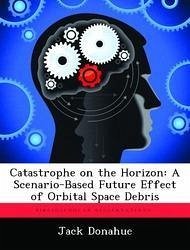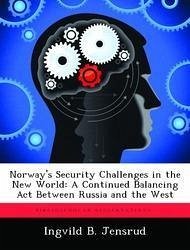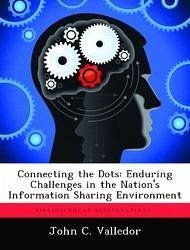
Challenges of an Aging America: A Scenario-Based Glimpse at the Future
Versandkostenfrei!
Versandfertig in über 4 Wochen
52,99 €
inkl. MwSt.

PAYBACK Punkte
26 °P sammeln!
The average age of the US population is increasing, a trend reflected in industrialized countries worldwide. In addition, the US Census Bureau has produced uncontestable data that shows America is mirroring a global trend for developed nations; the proportion of older people is growing. This trend towards an older population will undeniably reshape our families, attitudes, careers and institutions, but opinions vary on how profoundly it will impact America's way of life and the US capacity for sustainable growth. This research reviews the demographic trend toward an older US population, discus...
The average age of the US population is increasing, a trend reflected in industrialized countries worldwide. In addition, the US Census Bureau has produced uncontestable data that shows America is mirroring a global trend for developed nations; the proportion of older people is growing. This trend towards an older population will undeniably reshape our families, attitudes, careers and institutions, but opinions vary on how profoundly it will impact America's way of life and the US capacity for sustainable growth. This research reviews the demographic trend toward an older US population, discusses some of the more broadly perceived societal and economic implications, then explores driving forces that point to an array of possible futures. Using a scenario-thinking methodology developed by futurists at the Global Business Network, four future scenarios are developed for the year 2030. These scenarios are characterized by predetermined and uncertain driving forces, but they are ultimately distinguished by those critical uncertainties that will shape an aging America's future. The scenario-thinking approach enables a structured exploration of the central question: What futures could result from the driving forces, both predetermined and uncertain, that affect an Aging America? At a minimum, US policymakers should carefully ponder the alternate futures as an essential foundation for a broad, balanced, and long-term outlook. These futures could facilitate strategic conversations and agendas (and in turn sound policy decisions), ultimately strengthening the solvency of the federal budget and benefiting American society well into the mid-twenty-first century and beyond.














